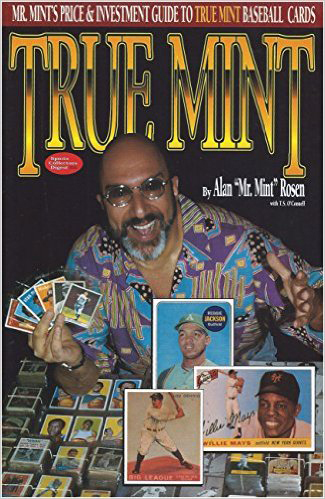- Thread starter
- #1
http://www.sportscollectorsdigest.com/long-time-card-dealer-alan-rosen-passes-away/
He may have been arrogant at times, but he was also a pioneer in this industry.
He may have been arrogant at times, but he was also a pioneer in this industry.


